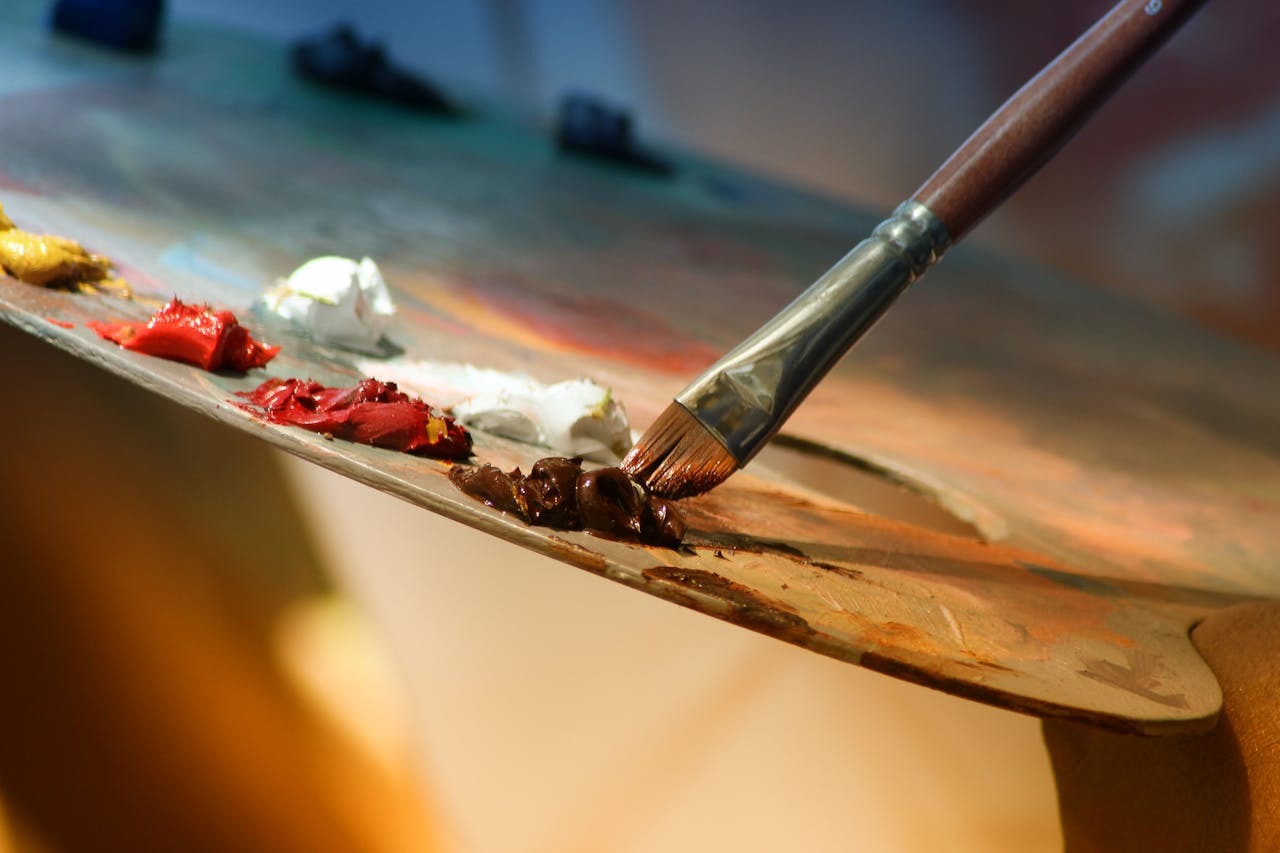What is the ethical art collecting movement?
The art world is experiencing a quiet reckoning for private collectors.
Once considered a private matter of personal taste and wealth, art collecting is a global industry where art often gets commodified. Art collectors now face public scrutiny, particularly around how, when, and who they acquire visual art from.
From looted antiquities to unverified provenance, collectors are increasingly being asked to account for the ethical dimensions of their acquisitions. And with growing calls for transparency and accountability, a formal ethical art collecting movement has taken shape.
At the center of this shift is a simple question: Can collecting contemporary art be an ethical act?
A Movement Rooted in Reform
The push for ethical standards in collecting isn’t new. The modern ethical arts collecting movement is directly rooted in 19th century concerns about archaeological looting and cultural property rights. These early concerns laid groundwork for modern reforms.
In the contemporary art space, it gained momentum in early 2022, when a global group of 50 collectors unveiled the Code of Conduct for Contemporary Art Collectors at the ARCOmadrid art fair.
Developed as the Ethics of Collecting initiative, the code marked the first concerted effort to offer guidelines for private collectors of contemporary art modeled on institutional best practices.
The project was launched to fill a glaring gap in the art market. While museums and nonprofit institutions have long been subject to public accountability—governed by formal codes of ethics and expectations for stewardship—private collectors have operated largely free of such constraints.
The result? An opaque market where questions about provenance, appropriation, and even legality are often ignored, especially among some private collectors.
But with new standards emerging, that’s changing.
Defining Ethical Art Collecting
At its core, ethical art collecting is about more than legality—it’s about responsibility. It centers three key principles: transparency, accountability, and alignment with institutional standards.
Transparency requires collectors to trace and disclose the full provenance of each artwork—especially those with origins in colonized or war-torn regions.
Accountability means refusing to participate in transactions that may involve stolen, looted, or otherwise misappropriated works. Private collectors have long faced accusations of using these practices.
For private collectors, alignment with museum art collecting ethics—such as those outlined in the International Council of Museums (ICOM) Code of Ethics—is essential.
First adopted in 1986, and revised in 2004, ICOM’s Code of Ethics has been translated into 38 languages. It encourages collectors to treat their holdings not merely as assets, but as culturally significant works that come with obligations.
ICOM’s globally recognized framework calls on institutions to uphold public trust, avoid acquiring works with uncertain legal status, and consult communities of origin. Though designed for museums, the code is increasingly being used to guide private collecting practices as well.
A Model from Higher Education
At the University of Denver, ethical collecting isn’t just theory—it’s in practice.
There, curators and academic staff are working to ensure that the university’s collections, particularly in art and anthropology, reflect both legal compliance and cultural responsibility. This includes deep research into object histories, community engagement, and—in some cases—repatriation.
The DU initiative highlights an often-overlooked aspect of collecting ethics: stewardship is a shared responsibility across institutions, individuals, and the broader public. In making their process transparent and collaborative, the university offers a roadmap that private collectors can adopt.
Implementation and Obstacles
Despite growing momentum, the ethical collecting movement is not without its challenges.
Unlike museums, private collectors are not bound by public mandates or donor scrutiny. Adoption of the 2022 code remains voluntary, and there is little consensus on how to enforce its principles. Ethics, after all, are often subjective—what one collector sees as preservation, another may see as appropriation.
High-profile controversies, however, are raising the stakes. Public backlash over the acquisition of looted Southeast Asian antiquities or stolen Middle Eastern artifacts by celebrities and blue-chip collectors has led to renewed interest in vetting and verification.
Market Implications and the Path Ahead
Collectors who once prioritized prestige are now reconsidering the long-term value of artworks whose histories are contested. Ethical collecting, while still a niche approach, is increasingly seen as a safeguard for reputation, legacy, and even investment stability.
Museums, too, are feeling the pressure. With ICOM’s Code of Ethics and institutional examples like DU setting the tone, galleries and auction houses are beginning to adjust their internal policies. The question is no longer whether the art world will embrace ethics—it’s how quickly and how completely.
As the landscape evolves, one thing is clear: ethical collecting is not a passing trend. It’s a recalibration of what it means to own, display, and profit from art in the 21st century. For those looking to shape the future of the art world, it may well be the cost of entry.
© 2025. Dahna M. Chandler for ChandArts Media, LLC. All rights reserved. No part of this post may be reproduced, reposted, or used for AI/LLM training without the author’s express written permission.


Post a comment